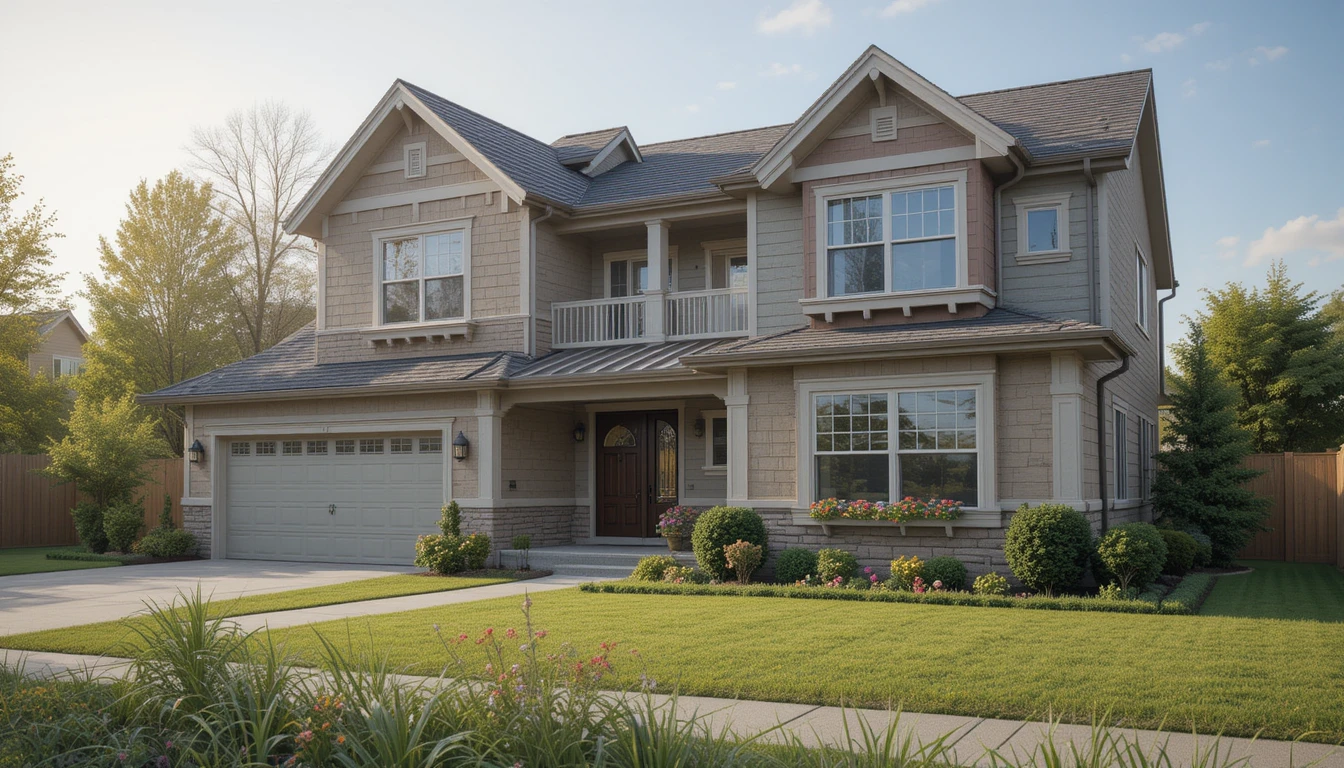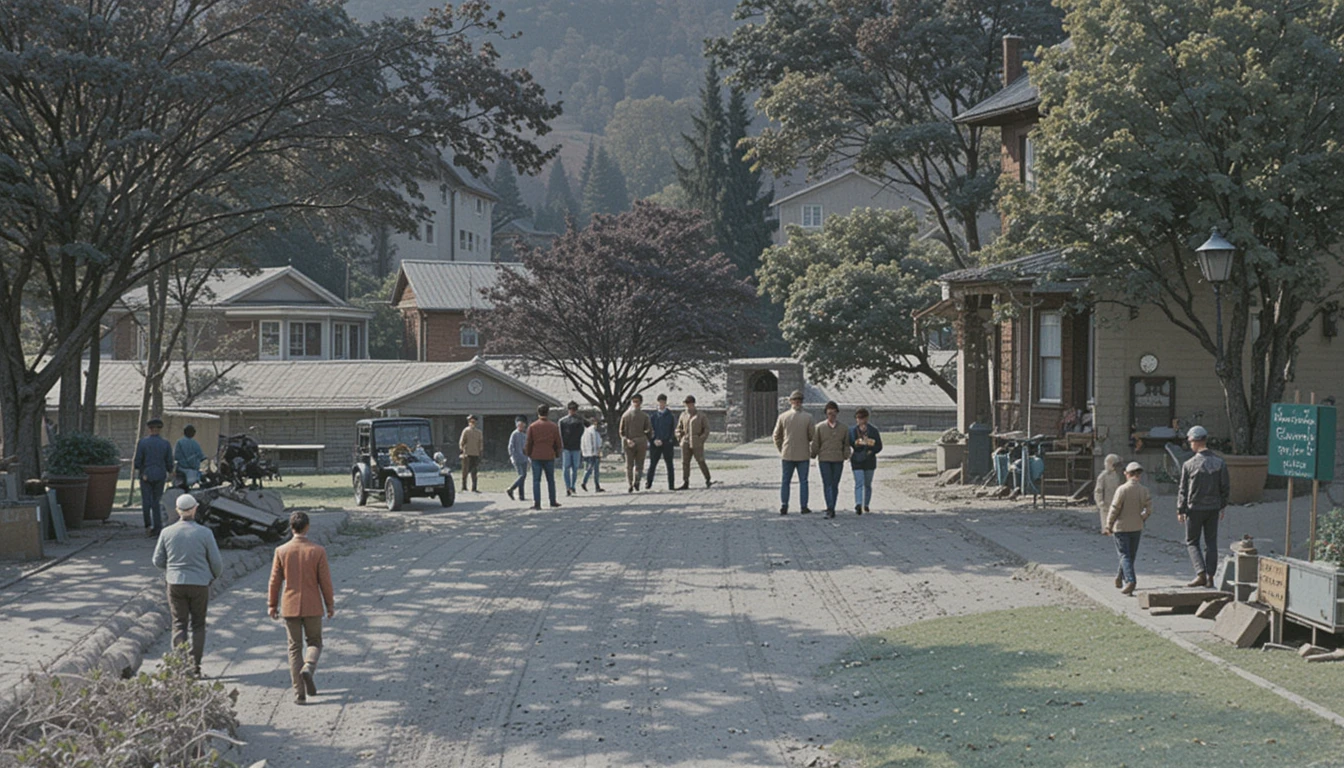By Muhammad Saleem
One of the biggest questions from investors is: Do I put my money in real estate or do I put my money in the stock market?
Jerome Maldonado, an experienced real estate developer, investor, and author is going to give you a scenario on how we actually use money in the stock market to leverage real estate.
He is going to give an exact comparison between the actual quantity of what they have in the stock market and what the return on investment is.
Real Estate Transactions vs. Stock Market
I can’t go through all of our real estate transactions because we’ll be here for hours and hours on end, but I’m going to give you some of the key components of real estate transactions, where we are, and what they have been in returns, in comparison to the stock market as well.
This will allow each and every person watching to depict what their outcome should be based on risk versus reward. The reward has to be a financial reward, and the financial reward has to be substantial enough that it outweighs the risk.
How to Mitigate Risk in Investments
Now, how do you mitigate risk? Risk is mitigated in both real estate and stocks by knowledge. If you don’t have the knowledge in stocks, you hire a broker or a financial advisor to help you with the stocks, and that helps mitigate risk. On the real estate side, you hire an investment firm or you learn how to underwrite projects yourself.
Risk vs. Reward in Real Estate and Stocks
Let’s talk about risk versus reward and discuss which investment bears the best profits. When we started buying real estate in the early 2000s, we focused on retail buildings.
We won’t even talk about single-family homes here — I’ll talk about single-family homes in a different scenario towards the end of this video to give you a single-family home perspective on ROI as well. But let’s talk about commercial real estate for now.
Real Estate Investments: Buying Multi-Unit Properties
So, one of the things that we started doing is buying multi-unit real estate, a lot of office warehouses, small retail strip centers, and multifamily units. For example, I go in with a modest amount of money out of pocket and pick up these physically distressed assets, like retail buildings.
These retail buildings are typically in the neighborhood of about 10,000 square feet to 20,000 square feet on average, and I typically buy them through owner financing.
Owner Financing and Real Estate Renovation Strategy
When I buy them through owner financing, maybe I’ll put 10% down, and we’re able to pick these assets up for well under $100 per square foot.
Even today, some of the transaction prices on these physically distressed assets are identical to what the transaction prices were 20+ years ago. For instance, where I would go in and purchase a 10,000-square-foot building for $300,000, those assets are still available today. How do I know this? Because we still pick them up from time to time and utilize them as leverage to generate capital and make money.

Renovation Process and Cost Outlay
Let’s say we put $30,000 down on that property. Typically, we gut it and do a simple renovation. It has to be built with block or brick so the bones of the building are solid.
Despite its current condition, we’ll typically gut it, do a little electrical work to upgrade the units, and then just apply a coat of paint inside to make it look clean. On the outside, we apply an exterior façade, spending an extra $60,000 to $100,000 on the renovation of these buildings.
Real Estate ROI: Understanding Capital Investment
Now, the total cost outlay is $300,000 to $400,000, but the vast majority of that is owner-financed at a low interest rate. So when we go in and purchase these, our out-of-pocket outlay is between $60,000 and $80,000.
When you look at it from an $80,000 return on investment, we take an asset, and the second we’re done with this asset — three months into renovating — we lease it.
If you take a 10,000-square-foot building, let’s say you’ve broken it down into four units, and each of those four units rents for a modest amount (keep in mind, we get more than this on the vast majority of our buildings), but at $2,000 per unit, that’s $8,000 in gross monthly income, multiplied by 12.
Calculating ROI and Real Estate Asset Value
When you multiply that by 12, you get your gross income. If we put all our expenses at maybe 20%, we’re going to have about $70,000 in annualized income on that property. Now, the value of that asset, if you take a 5% cap rate on it, is going to be $1.4 million.
You took a $300,000 to $400,000 investment (let’s say $400,000), the vast majority of which is owner-financed, you have $80,000 into it, and you have a $1.4 million asset that you could sell in the open market and trade it for $1.4 million.
That’s a three-month turnaround on that investment. Now, we keep a lot of these; they cash flow. So, they actually have what we call infinite returns, because once that asset pays for itself, the returns are exponential — they continue to grow.

Multifamily Properties and Commercial Real Estate Profits
So, that bears you a $1.4 million profit. That’s one building. Now, we’ll do that with multifamily properties, and sometimes we even build some of them new.
Single-Family Homes: Building for Profits
Before we get into stocks, let’s talk about single-family assets. When you invest in commercial assets, we have over 1 million square feet of retail space. In that 1 million square feet of retail, we’ve spent several millions of dollars on these assets.
But let’s take, for example, if you just go out and buy five of these buildings and you spend $80,000 on each one. You spend $80,000 out of pocket times 5, that’s $400,000 out of pocket. We’ve done this before, and we’re doing it right now. We own these properties. So, how do I know that the ROI is going to be exactly this? Because I’m doing it extremely conservatively and modestly in comparison to what we actually get in returns on the investments we make.
Capital Outlay and Real Estate Upside Equity
Now, $400,000 investment times 5 — if we have $1.3 million minus the $400,000 per asset we put in, that’s $900,000 times 5, which gives us $4.5 million in upside equity.
You take $900,000 in upside equity, multiply it by 5, and that’s $4.5 million. That $4.5 million is not your gross asset value; that’s just your upside value on what you’ve created with a $400,000 investment.
Most of that’s in retail, but there’s multifamily and other asset classes in the market that are well and vastly needed today.
Single-Family Homes and Investment Capital
Let’s look at this from a single-family home perspective. Every single-family home we’ve ever built, we’ve built them with cash. It’s working capital that’s continuously revolving. The way we look at this on return on investment is by a multiplier.
When we go in and we look at it from a single-family home perspective, every single house we’ve built in the vast majority of our professional career has been built for between $110,000 and $170,000 in net proceeds.
So, our homes always sit in the upper middle class. When we’re investing, we purposely depict where we’re going to build.
Revolving Capital and 100% ROI on Investment
I own lots just up the street here, and I still own land in this area. This area has been built out now for many years. We’ve been building here for the last 27+ years, on the exact same land I’m standing on right now.
We get the bank to pay for them through construction loans, so it’s not money out of pocket. We create the value and the equity in the land. So, you can essentially come in with about $20,000 to $30,000 out of pocket per build and generate about $250,000 in net profits.

Real Estate Profits and Capital Turnover
Now, when we go in and purchase this type of land that we’re standing on right now, we’ve owned it for over 25+ years, and we typically pick up land at over $150,000 per lot. We build for about half a million dollars on each house — that’s a $650,000 investment.
We sell the houses for an excess of $900,000. With that said, we make $250,000 to $300,000 on every single build, and our capital outlay is typically about $650,000. We’ll revolve that capital, and every year, assuming we’re doing five to six-month builds, we turn that capital twice in one year.
Revolving Capital and Annual ROI
Even if it costs us $600,000, we’re turning that revenue twice in one year, generating about a half million to $600,000 profit. So, we’re getting a 100% return on our investment annually. That capital continues to work for us ongoing.
Using Bank Capital for Faster House Builds
The reason we use our own money to build houses is because we don’t get caught by the banks for underwriting. We can move these builds really quickly.
Nonetheless, we turn that capital. If you do a multiplier of that times four every year, you’ll make between $1 million and $1.2 million a year, just revolving $1.2 million, or not even turning your own money, utilizing the bank’s money and revolving their capital to generate profits.
Stocks as a Diversified Investment
Now, there’s a place for stocks, and I’ll go over where it is. We put about $500,000 into stocks in 2002, another million in 2004, and by 2008, we probably had about $3 million in the stock market.
Stock Market Growth and Return on Investment
Since 2008, we’ve taken the growth of those and kept our stocks right around the $5 million to $6 million mark. We’ve held it there. Annualized, we make about a 12% return on average on our investments since 2002, when we started investing in stocks to hold.
Lessons Learned from Stock Market Investments
We were margin trading, day trading, and doing that type of stuff pre-9/11, and then in March of 2002, the stock market crashed.
Everything we were trading on margin got foreclosed on, and we lost almost 100% of everything we were trading. So, we had to start all over again in March of 2002 and began investing in stocks from the ground floor.
Investing in Google, Microsoft, and Amazon
Even at $5 million, we take $5 million in the stock market, and we put it into companies like Google. I bought a lot of Microsoft, Google, and Amazon stock — a couple hundred thousand dollars worth in total.
I’ve watched those companies grow into billions of dollars. But if you look at the average return on investment for the stock market, we’re doing about 10-12% annually in the stock market.
Stock Market vs. Real Estate: Average ROI Comparison
So, my average rate of return on my investments is about 10-12%. I don’t do it to beat the market because I don’t care if the market goes up or down. I do it because it’s safe and it keeps me diversified.
The risk factor in stocks is there. You just have to be educated about it. If I would have started in the stock market back in the late 80s or early 90s, and just kept buying those types of assets like Google, Amazon, and Microsoft, I’d probably have billions of dollars today.





